John McArthur and Krista Rasmussen | March 21, 2016 3:44pm
http://www.brookings.edu/blogs/future-development/posts/2016/03/21-agriculture-crop-shares-developing-world-mcarthur-rasmussen?utm_campaign=Brookings+Brief&utm_source=hs_email&utm_medium=email&utm_content=27638899&_hsenc=p2ANqtz-973SGOWeWvnGnEPpoevlEQKR--HATDtfSJhDm-4FlgihcDZ2Ia8eaJdK5ns_gHvBW2CQP6EqFZwAeVL7mQO8zlVCQ-7g&_hsmi=27638899
Developing countries are home to roughly 80 percent of the world’s population, 98 percent of humanity’s hungry people, and 78 percent of harvested croplands. Their farming systems have an essential role to play in addressing global food needs, ending extreme poverty, tackling climate change, protecting biodiversity, safeguarding water systems, and many other crucial challenges. But agriculture itself is a complex and vibrant sector, characterized by huge diversity. Therefore analysts and practitioners working on these big picture global issues can all benefit from a basic understanding of what the global distribution of crops actually looks like.
To that end, we recently worked together on a paper, “What does ‘agriculture’ mean today? Assessing old questions with new evidence,” which provides a simple overview of crop types around the developing world. The analysis draws from Food and Agriculture Organization (FAO) data for crops harvested across 140 low- and middle-income countries. Full data tables are also available for download here.
Below we highlight five basic insights:
1. Cereals are central in most (but not all) countries
Figure 1 illustrates the extent to which, across developing countries, cereals account for the largest share of area harvested, often the majority. Indeed 59 countries have more than half their cropland harvested to cereals. In some developing regions the category accounts for nearly two-thirds of harvested areas, including 65 percent in Europe and Central Asia and 64 percent in the Middle East and North Africa. However, there is regional variation. Cereals account for only 34 percent of area harvested in Latin America and the Caribbean. In some countries with large agricultural land areas, such as Argentina and Brazil, oil crops like soy are more prominent.
Figure 1: Crop with largest share of area harvested, 2010
Source: Authors' calculations based on FAO data
2. The type of cereal grown is often tied to geography
Different plants grow in different places. This is a key reason why patterns of technology diffusion in agriculture are distinct from those in other economic sectors. Figure 2 shows clear geographic patterns for cereal crops. Wheat grows best in temperate environments and is prevalent in parts of Europe and Central Asia, but almost entirely absent in sub-Saharan Africa. Paddy rice flourishes in lowland tropical environments, as are found in much of South and Southeast Asia. Maize can grow in both temperate and tropical areas, although its germinating properties are highly place-specific. It grows commonly in Central America and also Southern and Eastern Africa. In the Sahelian region of Africa, other cereals like millet and sorghum are most prominent.
Figure 2: Predominant Cereal, 2010
(where each accounts for at least 20 percent of area harvested)
Source: Authors' calculations based on FAO data
3. Only a minority of countries are major cash crop producers
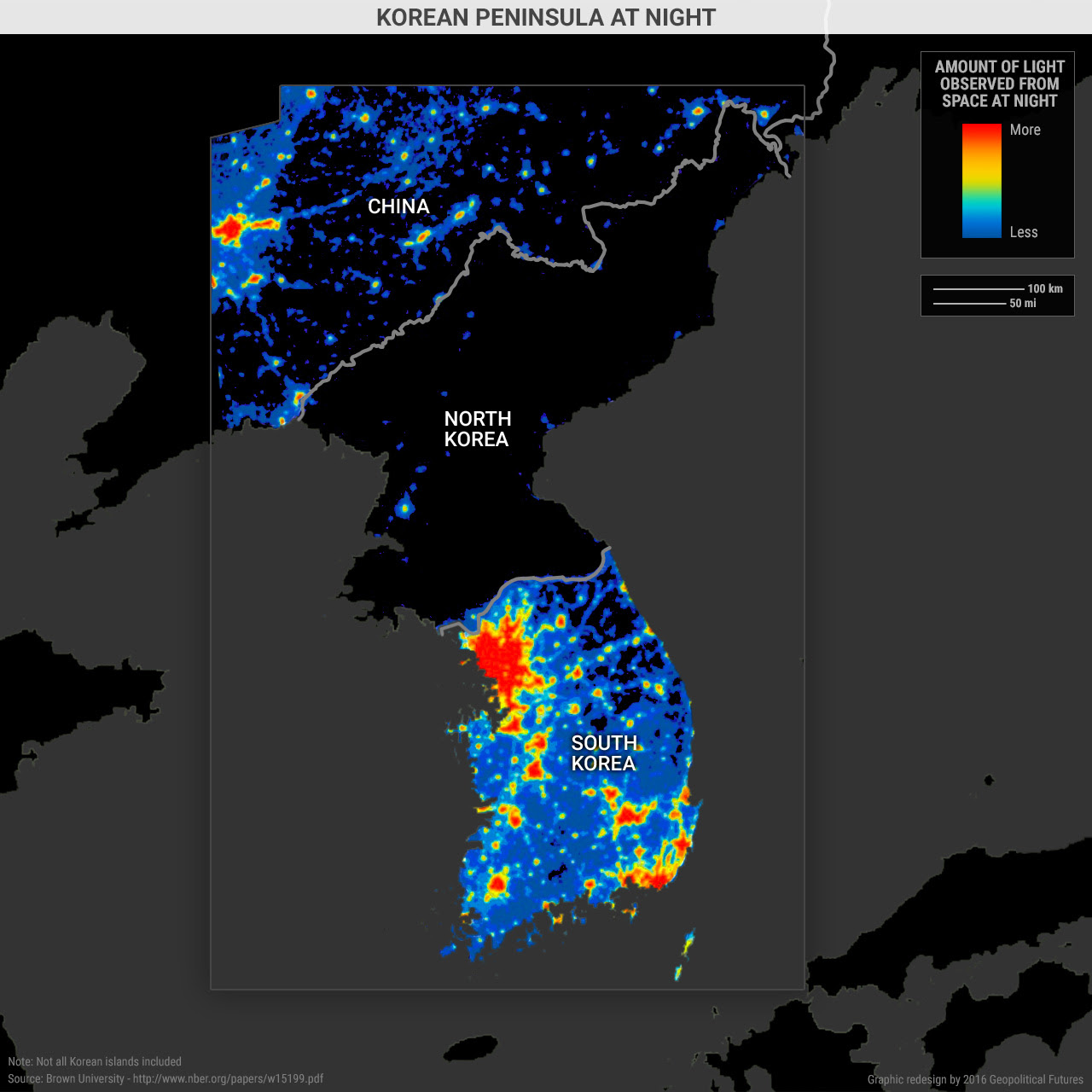


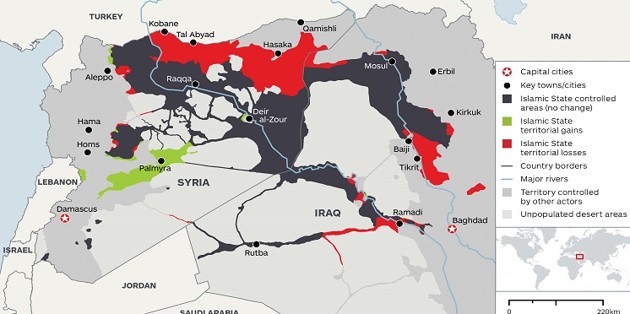
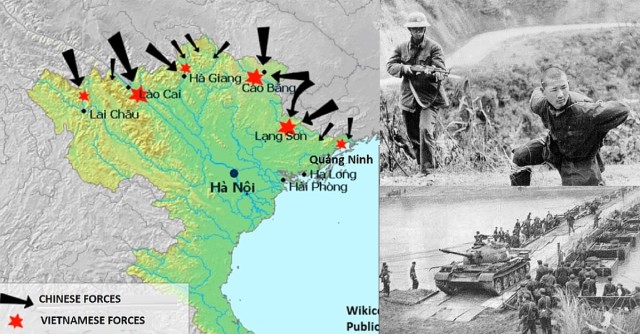
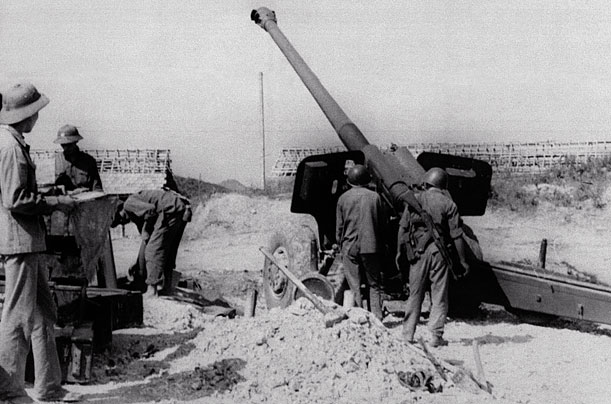 Vietnamese forces shelling Chinese positions on 23 February 1979
Vietnamese forces shelling Chinese positions on 23 February 1979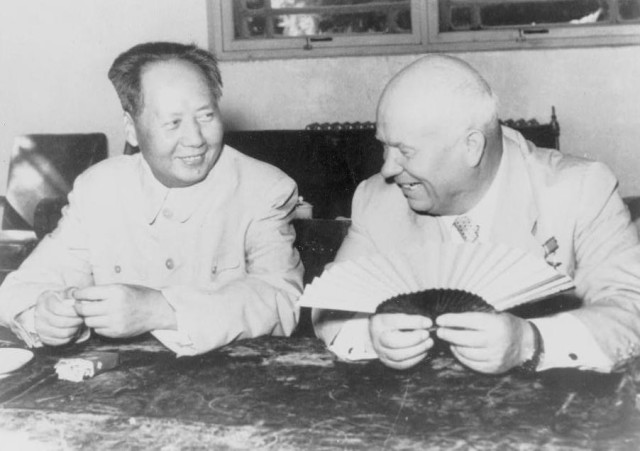 Mao (left) and Kruschev (right) in Peking, China in 1958. Despite their smiles, the two are already at loggerheads
Mao (left) and Kruschev (right) in Peking, China in 1958. Despite their smiles, the two are already at loggerheads